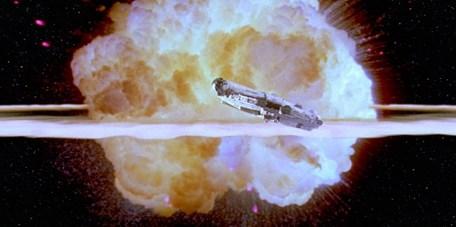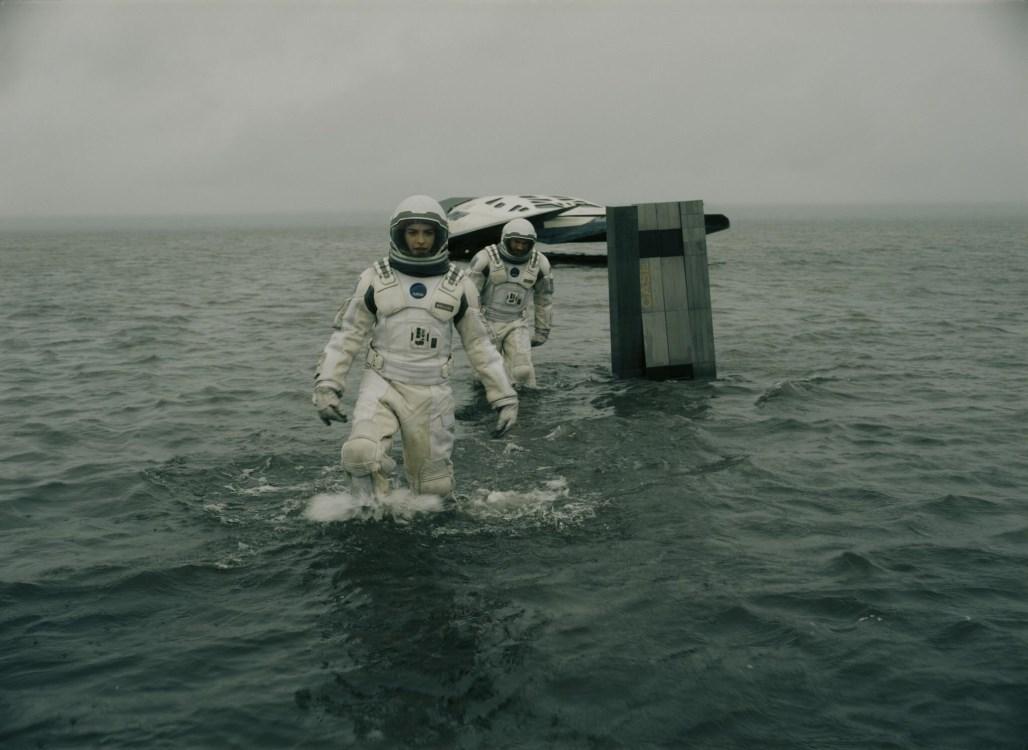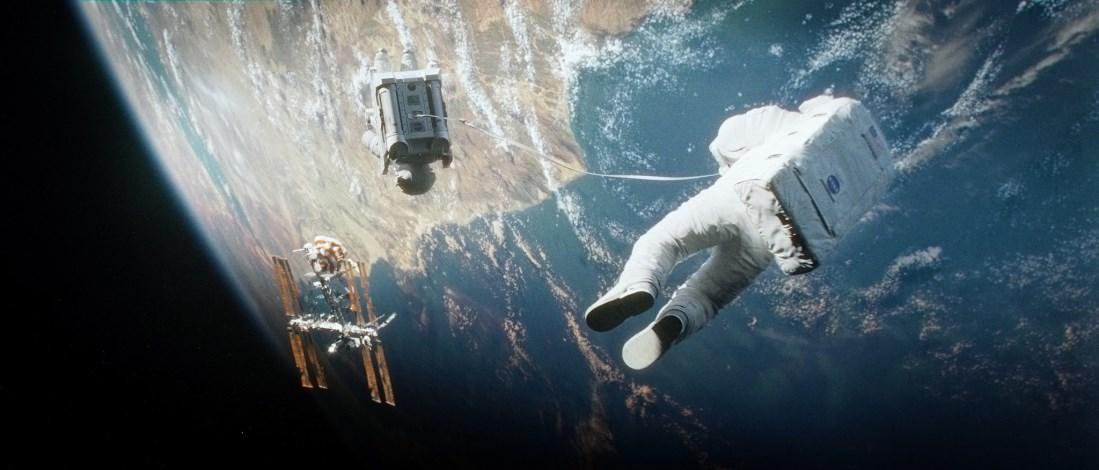
4 minute read
Space on TV
Putting the “Sci” in Sci-fi
By Adam (Bn)
The concept of space is not unfamiliar to the big screen. Blockbusters such as “Interstellar”, “Gravity” and “Star Wars” fit this theme. While each film is rated highly among reviewers, not all of them are rated highly among astronomers. In this article, I will explore the ups and downs of “movie science” with a specific focus on space. Oh, spoiler alert. First up – Star Wars. This movie tends to be inconsistent with science. The first, and arguably most obvious, mistake was made by the sound team. No matter how huge the explosion, sound cannot travel in space. Sound is made by the oscillation of particles in a medium (air, oil, lead, etc.). The closer the particles in the material are packed, the better sound travels. Space is not tightly packed at all, hence the name. However, not only should explosions not make any noise in space, but they should not be able to happen at all. There is not much oxygen in space, again, hence the name.
Next up – Interstellar. Unlike Star Wars, this movie is based almost entirely in space. The movie follows the journey of Professor Brand and his crew, and their mission to find a new, habitable planet. This mission needs to be completed quickly; this requires fasterthan-light travel. The method of choice? Wormholes. The concept of a wormhole is when two points of space-time are contorted to come close enough together to form a wormhole. This creates a hyperspatial ‘shortcut’, meaning a journey that would usually take millions of years at light speed takes no more than a few seconds, depending on how close the two points in spacetime are to each other. The question – do they exist? The answer – we will probably never know. The problem with a wormhole is that they would be very hard to detect. If wormholes look like regular spacetime, the only way we would find one is by accidentally falling into one.
On the other hand, if wormholes are beyond the event horizon (black part) of a black hole, the only way to discover whether the black hole is a wormhole is by entering it. However, once passing the event horizon of a black hole, nothing can escape. Regardless of if this black hole is a wormhole or not.
Interstellar also touches on the idea of general relativity. First theorised by Albert Einstein, this theory states that time travels slower for an observer in a larger gravitational field. When exploring a planet orbiting a black hole, Brand and the crew are in the presence of a very large gravitational field. This should mean that the crew age slower than anybody on earth. Interstellar got this spot on, as when Brand returns from this planet, he realises that he has aged much faster than others back at home. Fun fact –the ‘ticking’ noise in the background of the “Tick-Tock” soundtrack represents a whole day passing on earth. Scary. Last, and certainly least, Gravity. A satellite orbiting earth is hit with a missile. Debris everywhere. This debris crashes into other things in orbit, causing more debris to be generated. This snowballs until a cloud of debris orbits earth, wrecking anything in its path. Let’s start with the things they did get right, despite being few and far between. The idea of the “Kessler Syndrome” is noting new. Since humanity started putting things in orbit, scientists have worried about what happens when we run out of space (literally).


Now, onto the things they got wrong. In the movie, they claim that the debris cloud orbits once every 90 minutes, meaning that the debris will hit them every 90 minutes. The issue? Clooney, Bullock, and the ISS are also orbiting once every 90 minutes, meaning that the debris should not reappear every 90 minutes. It would also be unlikely that they even see the debris, given the sheer size of space. This brings me onto my next point. Space. Is. Huge. There is no way that George Clooney could’ve transferred between space stations with nothing but a jetpack. Even if the jetpack has enough fuel, the amount of calculation required to intercept the orbit of another space station is hardly mental maths. In conclusion, space is hard to understand. This, however, is what allows Hollywood to change the rules for dramatic effect, without drawing attention away from the movie. Nobody bats an eye when the space shuttle launches upside-down, or when the sun is the wrong colour. So, as you go on to watch space or sci-fi movies in the future, challenge some of the science – and who knows? You may just ruin the movie for yourself.





